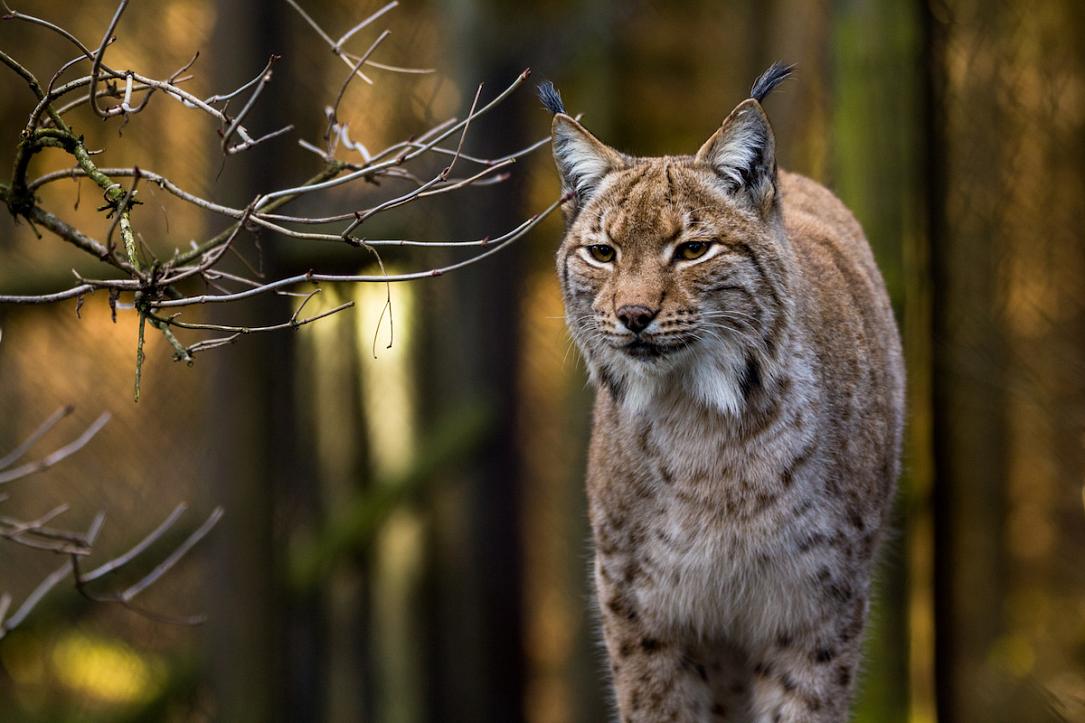Romania’s Făgăraș Mountains: NGO’s monitoring program evaluates Eurasian lynx population



Foundation Conservation Carpathia (FCC) has completed a first program to monitor the Eurasian lynx population in Romania’s Southern Carpathians.
The monitoring program covered a pilot area of 1,200 sq km in the eastern part of the Făgăraș Mountains, Piatra Craiului, and parts of the Leaota Mountains.
Cameras were used to track the lynx in a program that aims to evaluate and maintain a viable lynx population and create a national model for wildlife monitoring.
With the help of 152 cameras set up in the area, 23 adult lynx were identified: nine males, six females, eight individuals of undetermined sex. Nine cubs were also counted.
The gathering of the data was done over three consecutive fall-winter seasons, from 2018 to 2020, throughout 105 monitoring days per season.
Large carnivores were traditionally monitored locally by counting their footprints in the snow. As lynx move within a large area, it is difficult to attribute a set of tracks to one animal, and there is a risk of counting the same animal several times, the NGO explained. To eliminate the risk, FCC used movement sensor cameras, which captured the lynx in their habitat. The specialists then identified the lynx based on the images received. The method is considered efficient in studying the population of felines whose fur shows unique patterns from one individual to another, as is the case of the lynx.
Evaluating the size of the population is essential to implementing a sustainable management of the species. The data gathered can show if the population is increasing or decreasing under circumstances involving habitat changes or diminishing food sources, FCC said.
“The monitoring of the lynx in the eastern Făgăraș Mountains is the first example of a modern, quantitative monitoring of this species in our country, and can be a good example of a monitoring program that can be implemented in several pilot areas in the less studied Carpathian Mountains. […] If we maintain this population viable in the long term, we can keep intact the entire community of carnivores and the species they prey on (deer, chamois, etc.) at the level of the entire European continent. Why? Because the populations in Romania are an important gene source for other populations on the brink of extinction, in Central and Western Europe, both through natural recolonization and through recent reintroduction programs,” Ruben Iosif, a fauna specialist with FCC, explained.
The full report is available here.
Nature in Făgăraș Mountains: The lynx in Romania
(Photo: Adobe Stock)
simona@romania-insider.com